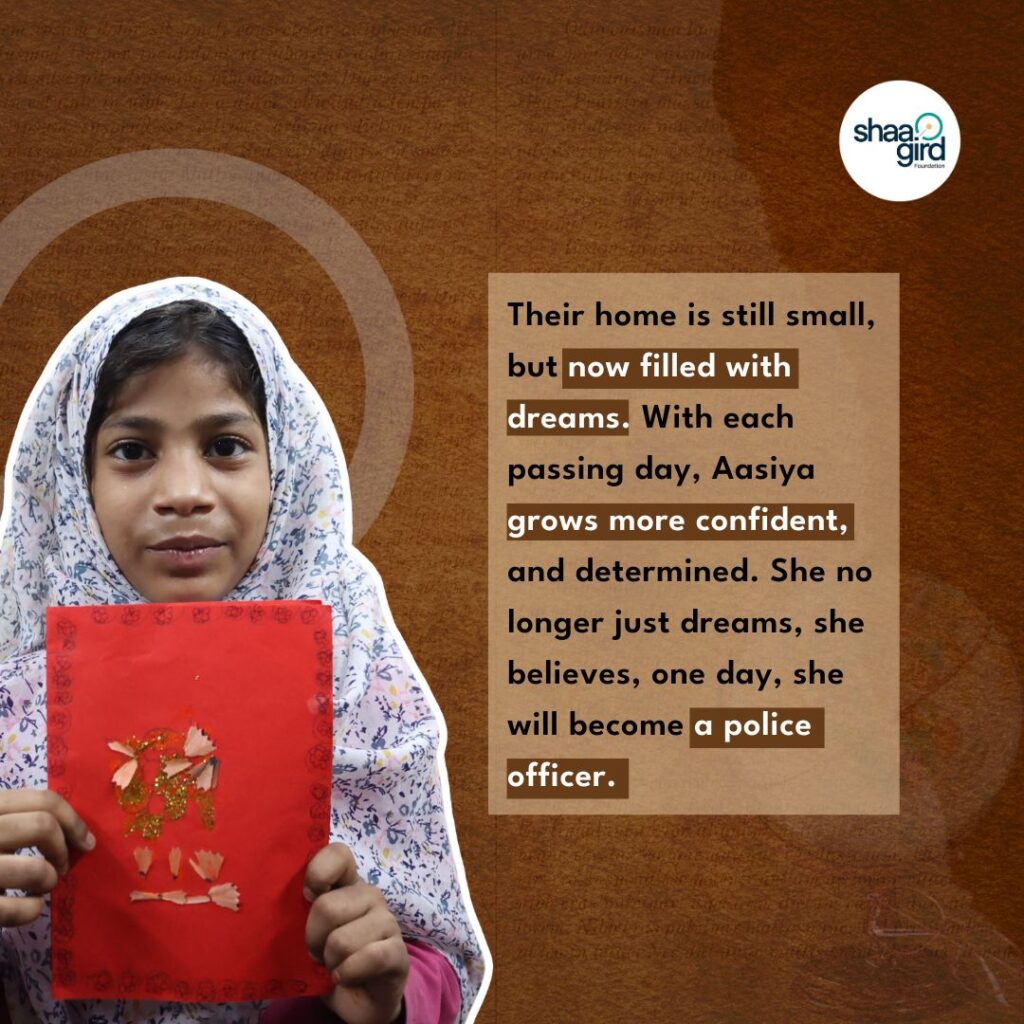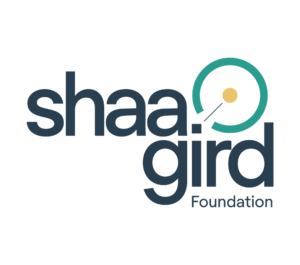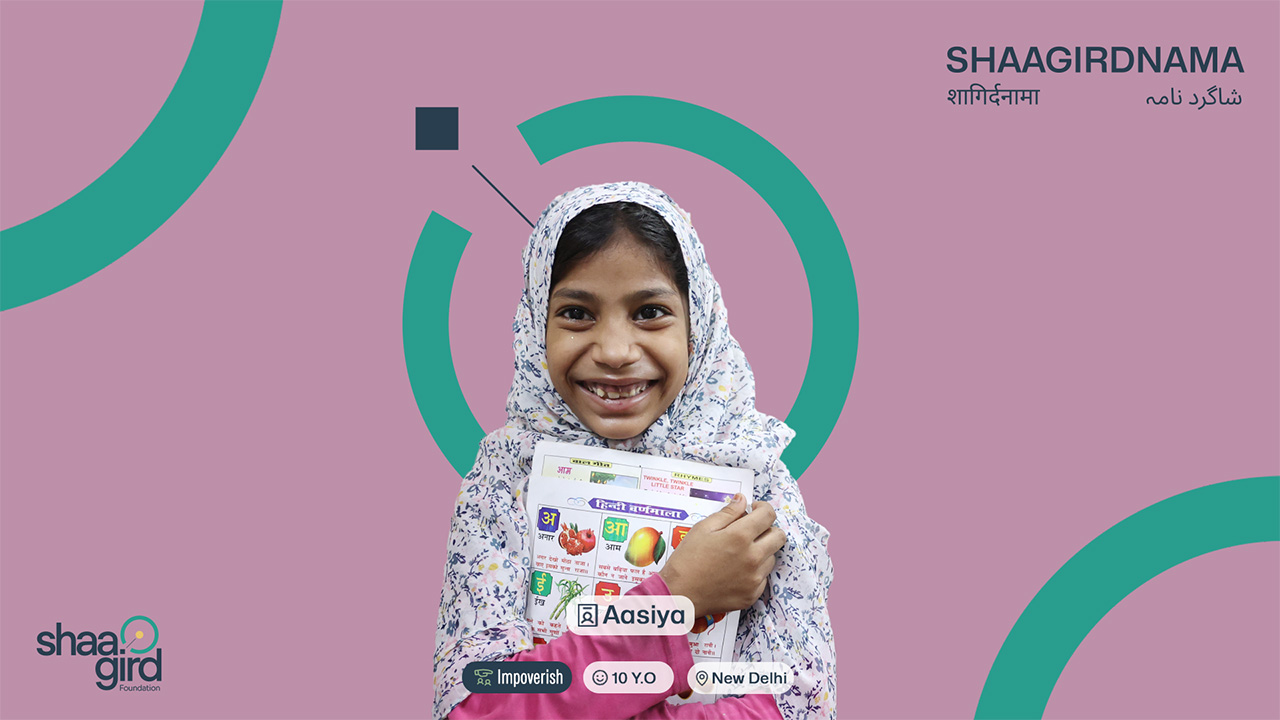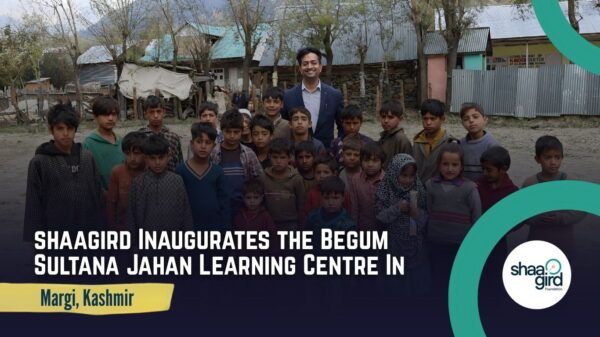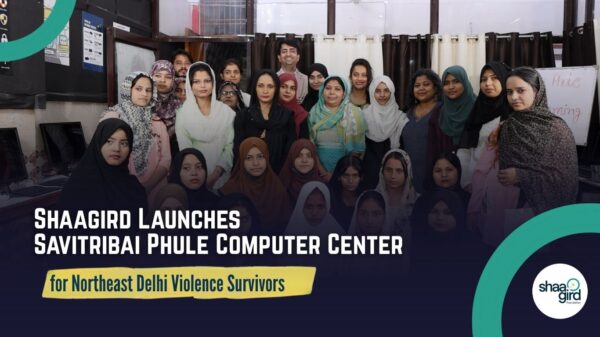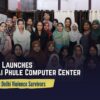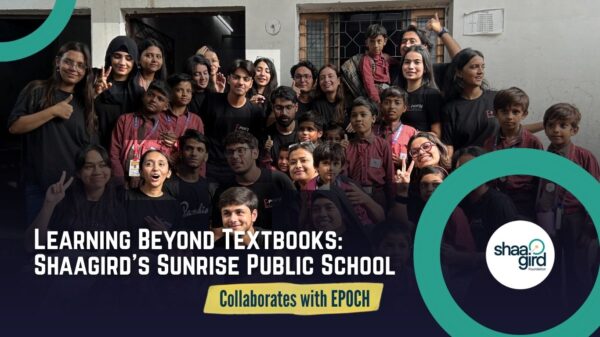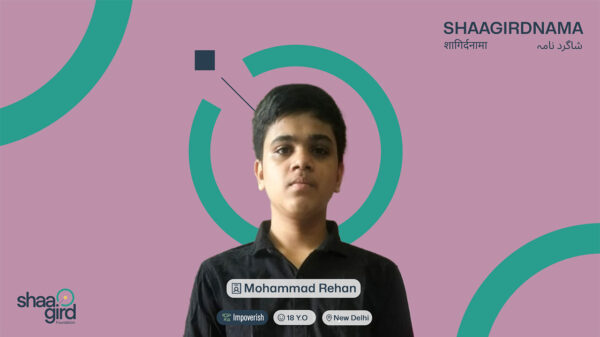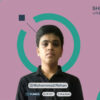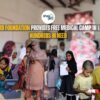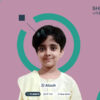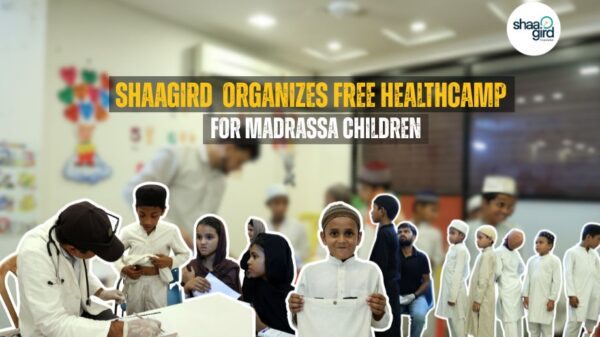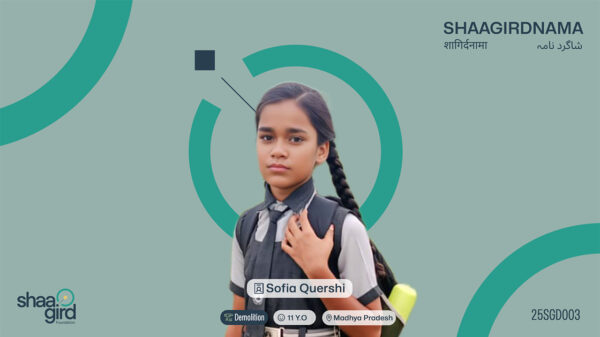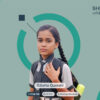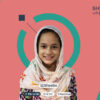In a corner of Pahalwan Chowk, Batla House, Delhi, where dusty roads curl around clusters of jhuggi-jhopdis, lives a 10-year-old girl named Aasiya. Her world is small, two tin walls, a torn plastic sheet for a roof, and the narrow lanes that led to another narrow lane.
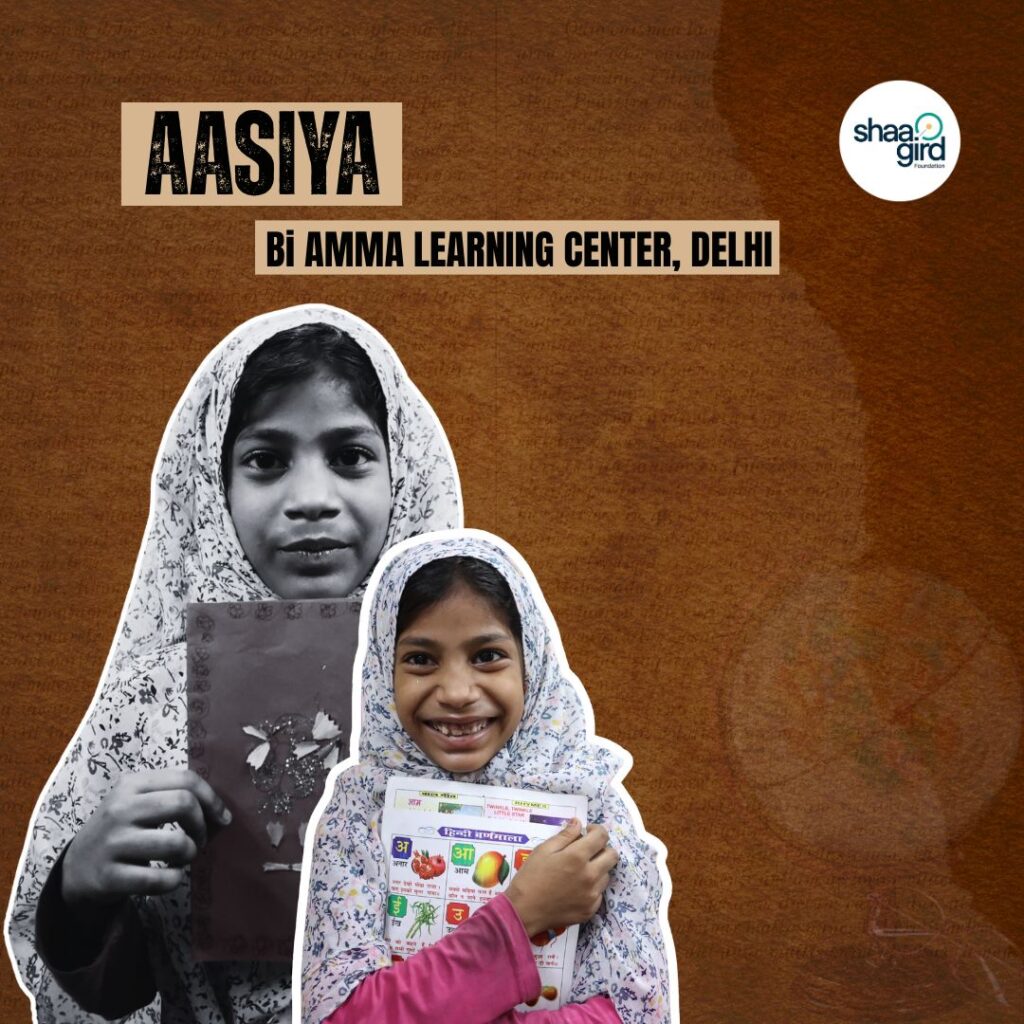
Aasiya’s mother spends her days hunched over an old sewing machine, stitching clothes for the people. Her father roams the streets under the burning sun, carrying gallons of water, hoping to earn enough for the day’s meals.
They didn’t have much, but they had each other and that made the small room they called home feel a little warmer.
Every morning, Aasiya would sit outside the jhopdi, watching children in uniforms walk by, books in hand. She would trace letters in the dust with a twig, dreaming of blackboards, benches, and books.
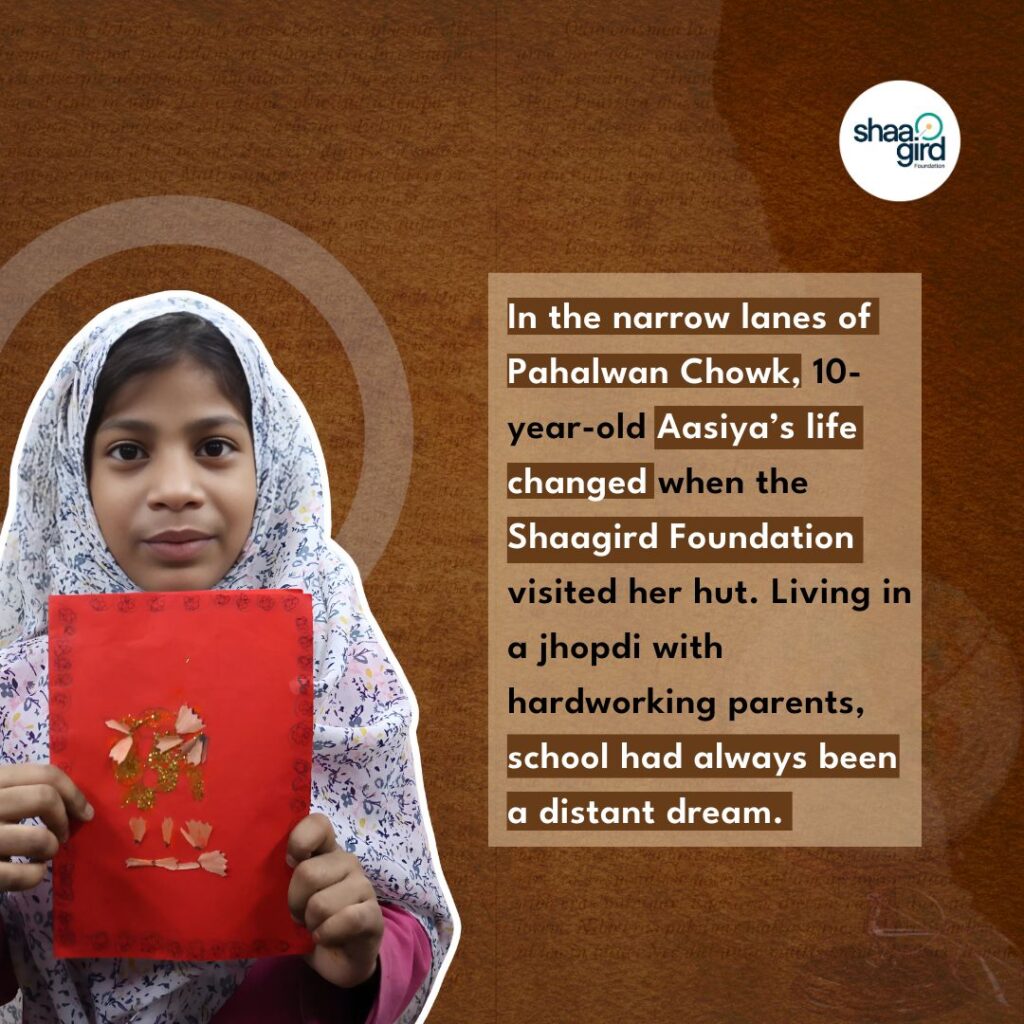
One afternoon, as the sun dipped low and her mother’s sewing machine finally fell silent, a group of people came walking through the slum. They were stranger but not unkind. One of them, a young lady, Foziya, the Director of the Shaagird Foundation asked Aasiya “Do you go to school?”
“We’re from Shaagird Foundation,” Foziya smiled. “We help children like get a change to get access to education for free. Would you like to learn at our center?”
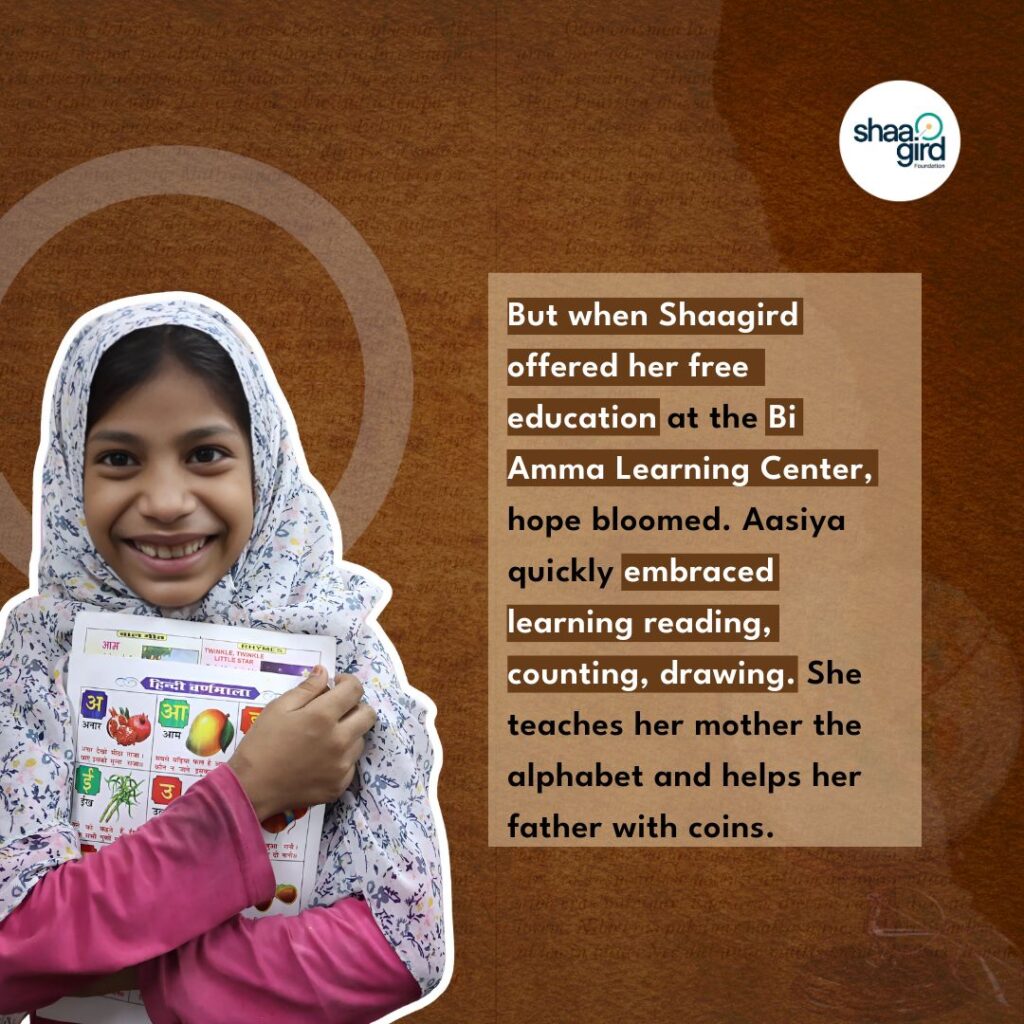
Aasiya’s eyes widened. Her heart leapt. “Really? Even if I can’t pay?”
“Really,” Foziya said. That week, Aasiya’s life changed.
The Bi Amma Learning Center stood just a few lanes away, its walls painted with bright murals. There were other girls like her curious, shy, brave. The teacher Asna smiled and spoke kindly, helping her read her first full sentence. There were books, real ones. Math games. Art classes. And something Aasiya had never dared to hope for: education.
Aasiya comes home each evening with stars in her eyes. She teaches her mother the English alphabet as she stitched. She counts Abbu’s coins in Hindi and English. Their jhopdi is still small, the roof still leaks, but something has shifted hope has moved in.Now, Aasiya dreams of becoming a Police Officer.
